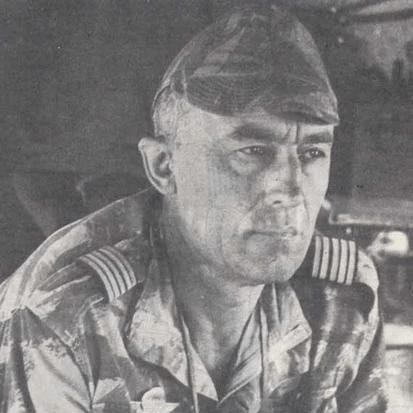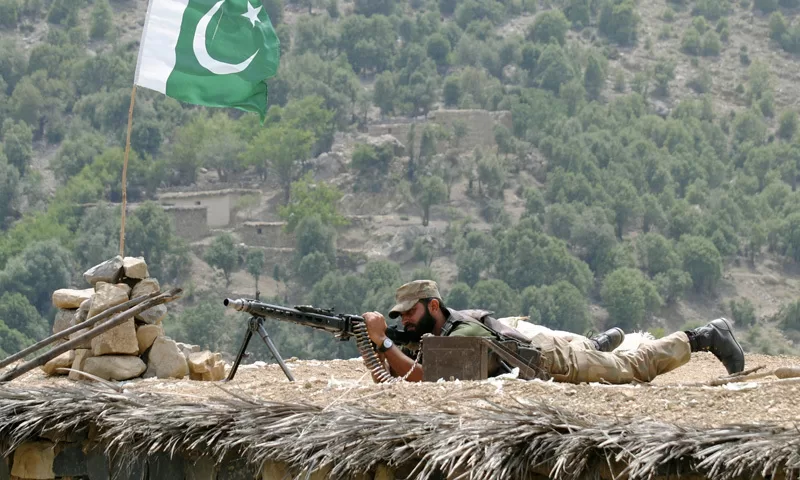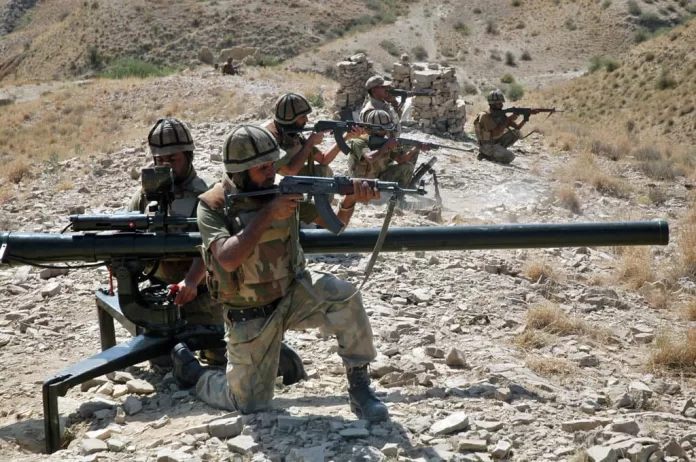Over five years ago – I had written exhaustively on counter insurgency and counter terrorism policies, contextualizing them within the ambit of national security policy, national interests, national purpose and national identity. It was a time of hope and vigour and a sense that maybe something was in the air that will allow us to move in an upward trajectory and reboot our national security framework for the better. Alas, for that particular promise, time has stood still! Along with a general sense of desperation, the security situation has also worsened or is atleast no better than five years ago. The Barbarians are at the gates…… again! In the case of Pakistan, and also generally across the world, insurgency and terrorism are intricately linked but they are not the same thing, and both can’t be used interchangeably. Insurgency is defined as and signified by a power asymmetry between two aggressive and belligerent groups. The weaker of the two groups is generally tagged as insurgents, while the stronger group is mostly the government or the state. It is the classic story of a power struggle where the insurgents – in an organised movement – will use all means necessary to change the dynamics of influence till they gain the upper hand and usurp power away from the government.
To do this, insurgents use armed conflict therefore terrorism is one of the strategies that executes the objectives of insurgency. That is the consistent link and overlap between insurgency and terrorism.
It is a sad state of affairs that what was true five years ago, is also true today
Just as the relationship between insurgency and terrorism is so closely linked, so needs to be the connection between counter insurgency and counter terrorism. However, there is one stark difference. While insurgency is a policy and terrorism is a strategy, both counter insurgency and counter terrorism are policies that aim to fight back against insurgency and terrorism. That is why the common lexicon talks about a counter insurgency policy and a counter terrorism policy. Mostly, because both have different objectives to achieve. At the heart of the counter insurgency policy is the objective to maintain the status quo. Meaning that power should always remain in the hands of the incumbent; i.e. the government. David Gaula wrote the perennial manuscript on counter insurgency called “Counterinsurgency Warfare: Theory and Practice”. He suggests that any counter insurgency policy must be cognizant of four courses of actions before the insurgents use terrorism to scale up widespread violence and open warfare. One, act directly against the insurgent leadership. Two, stop conditions that precipitate the insurgency. Three, use intelligence and infiltration to neutralise the insurgency from within. Four, reinforce the state political machine.
The counter terrorism policy is deemed to stand resolute in the elimination of, and protection from, insurgents
Keeping the former paragraph in mind, Pakistan’s counter insurgency policy can be defined as assimilate where possible, eliminate where needed. The broad aim of this policy will be to ensure that the insurgents are given a fair chance to be co-opted where feasible while knowing that they will be dealt with an iron fist where required. If one word was to represent this policy, it would be reconciliation. That is, the policy would reconcile – through assimilation or elimination – any unfavourable skewing of power between the government and the insurgents. The objectives of this policy will be threefold. One, negotiate and assimilate all willing forces and individuals. Two, defeat all non-amenable insurgents and groups. Three, win the hearts and minds of the local population to isolate militants and criminals further.
The core strategy to execute this counter insurgency policy of reconciliation can be termed SHAPE the environment. Where each letter of the word SHAPE stands for a particular operational and tactical activity. First, stop and call-off Jihad as per definition of the extreme right elements. Second, halt Jihadi operations and disband Jihadi groups. Third, announce amnesty for all except criminals and retaliatory elements. Fourth, pursue resolute operations only against the unwilling. Fifth, enlist all amenable individuals into relevant security arms.

Just as the relationship between insurgency and terrorism is so closely linked, so needs to be the connection between counter insurgency and counter terrorism
Now for counter terrorism – the galvanising vision of this policy is to reiterate or wrest back physical, territorial and perceptive control from the terrorists, formerly insurgents, so as to allow the government to maintain the balance of power in its favour. To that end these four strategies could be key. One, defence and protection of the population. Two, using war as a means to pursue the terrorists. Three, leveraging the criminal justice system to prosecute those waging war against the state. Four, settlement with those amenable to lay down arms and cull the insurgency.

In Pakistan’s case, the counter terrorism policy is deemed to stand resolute in the elimination of, and protection from, insurgents. This would translate into a one-word counter terrorism policy of resolve. That is, the policy will espouse and ensure the resolve to ensure an end to the wide-activities of insurgents. There are three objectives of this policy. One, eradication of insurgent leadership. Two, elimination of terrorist safe heavens and protection from them. Three, removing conditions that non-state actors use to cultivate resources. As established in earlier pieces, strategy is ‘ways and means to an end’. That end being the goals established by the policy. Thus, strategy defines how operations are executed to accomplish policy objectives.
In its entirety, strategy is a continuous process where ends, ways, and means are aligned to accomplish desired policy end goals while keeping risk at an acceptable level. In the case of the counter terrorism policy of resolve, a POTENT strategy is to be actioned. Here each alphabet of POTENT stands for a specific operational and tactical action. One, a prepared government and people. Two, organised for firm action. Three, tenacious in their beliefs and ends of this strategy. Four, enabled to stand together. Five, never give an inch to terrorism and terrorists – six.
Pakistan’s counter insurgency policy can be defined as assimilate where possible, eliminate where needed
From an operational stand point, the POTENT strategy will be underpinned by the following five universal pillars of counter terrorism. One, prevent – combat. radicalisation and eradicate fertile grounds for terrorism recruitment to safeguard people and stop them from becoming terrorists or supporting terrorism. Two, pursue – detect, investigate and disrupt terrorist networks to hinder terrorists’ capacity to plan, organise and hit their targets. Three, protect – from terrorist attack by reducing vulnerability of the country and its interests overseas and protecting citizens and infrastructure. Four, prepare – to mitigate, manage and minimise the impact and consequences of a terrorist attack if and where it cannot be stopped by bringing any attack to an end rapidly and recovering from it efficiently. Fifth, persevere – with engaging international partners and security organisations to operate on a global scale because Pakistan’s security is closely linked with the situation in other countries, particularly in neighbouring states. It is a sad state of affairs that what was true five years ago, is also true today. All the more reason to further the cause of counter insurgency and counter terrorism to stop the Barbarians at the gates. After all, history rarely provides second chances!




